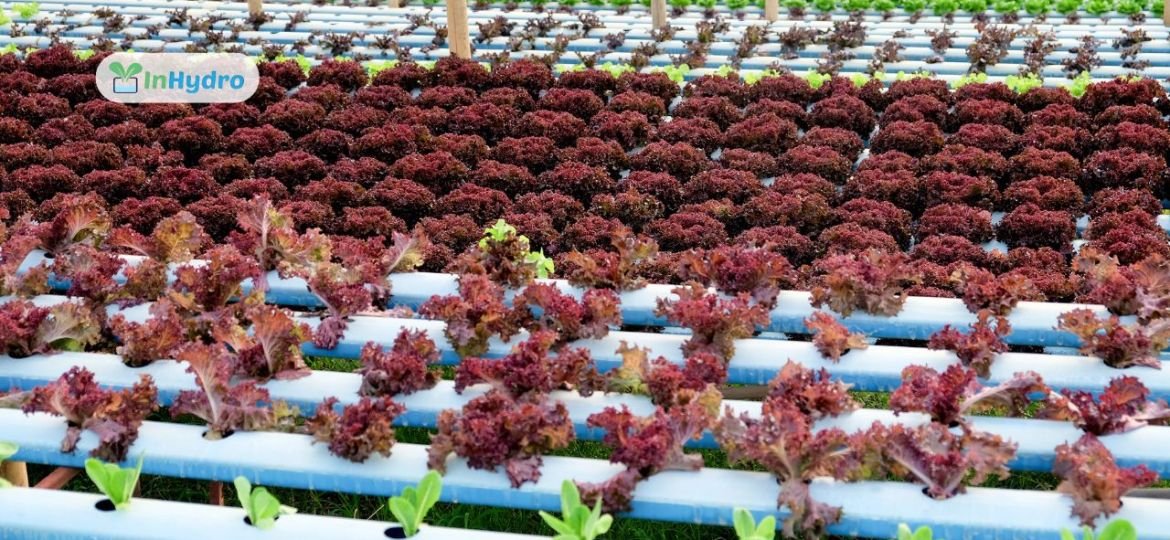
How Hydroponics Working Models Enhance Farming Efficiency
As the global population grows and arable land diminishes, innovative agricultural methods like hydroponics farming have emerged to meet food demands sustainably. Among these innovations, hydroponics working models stand out for their ability to optimize farming efficiency by leveraging advanced technology and techniques. This article delves into how these working models function and their transformative impact on modern agriculture, particularly in indoor vertical farming and soil-less farming systems.
What is a Hydroponics Working Model?
A hydroponics working model is a structured framework or system that demonstrates how hydroponic farming operates. It showcases the integration of water, nutrients, and controlled environments to grow plants without soil. These models range from simple home setups to advanced commercial systems used in indoor vertical farming.
At its core, a hydroponics working model illustrates how plants thrive in a soil-less farming environment, relying on nutrient-rich water solutions, precise environmental controls, and innovative techniques for optimal growth.
Key Features of Hydroponics Working Models
- Soil-less Cultivation
Hydroponics eliminates the need for soil, using inert growing media like coco peat, perlite, or clay pellets. This approach reduces the risk of soil-borne pests and diseases, ensuring healthier crops. - Water Efficiency
Hydroponics farming uses up to 90% less water compared to traditional farming. The working models are designed to recirculate water, minimizing waste and conserving resources. - Optimized Nutrient Delivery
A hydroponics working model provides plants with precise amounts of nutrients directly to their roots. This targeted approach enhances growth rates and ensures consistent yields. - Controlled Environment
Many hydroponic systems are implemented in indoor vertical farming setups, where factors like light, temperature, and humidity are meticulously controlled. This allows for year-round cultivation, regardless of external climate conditions. - Space Utilization
Hydroponics working models, especially in indoor vertical farming, utilize vertical space to grow multiple layers of crops. This maximizes productivity per square foot, making it ideal for urban areas with limited land availability.
Types of Hydroponics Working Models
|
Model Type |
Description |
Best Use Case |
|
Nutrient Film Technique |
A thin film of nutrient solution flows over plant roots, providing consistent nourishment. |
Leafy greens and herbs |
|
Deep Water Culture |
Plant roots are submerged in a nutrient-rich water reservoir. |
Lettuce, spinach, and basil |
|
Drip Irrigation System |
Nutrient solution is delivered to plants through drip emitters. |
Tomatoes, peppers, and strawberries |
|
Aeroponics |
Roots are misted with a nutrient solution in an air-based environment. |
High-value crops |
|
Ebb and Flow (Flood and Drain) |
Plants are periodically flooded with a nutrient solution and then drained. |
Short-cycle crops |
Benefits of Hydroponics Working Models in Farming Efficiency
- Increased Crop Yield
Hydroponics working models ensure plants receive optimal nutrients and water, leading to faster growth and higher yields compared to traditional farming. - Minimal Resource Wastage
By recirculating water and precisely delivering nutrients, these models reduce resource consumption, making farming more sustainable. - Adaptability in Urban Areas
Indoor vertical farming setups allow these models to function efficiently in urban spaces, transforming unused buildings into productive farms. - Reduced Pesticide Usage
The controlled environment of hydroponics eliminates many pests, reducing the need for harmful chemical pesticides. - Year-Round Production
Hydroponics working models operate in controlled conditions, enabling farmers to grow crops throughout the year, unaffected by seasonal changes.
Why Choose InHydro for Hydroponics Working Models?
At InHydro, we understand the intricacies of modern farming and provide customized hydroponics working models to suit your needs. Whether you’re venturing into indoor vertical farming or expanding into large-scale soil-less farming, our team offers cutting-edge solutions, expert guidance, and ongoing support to ensure your success.
FAQs
Q: Can hydroponics working models be implemented in small spaces?
A: Yes, hydroponics systems are highly adaptable and can be scaled down for homes or small urban farms, especially in vertical setups.
Q: What crops are best suited for hydroponics farming?
A: Crops like lettuce, spinach, kale, tomatoes, herbs, and strawberries thrive in hydroponic systems due to their fast growth and nutrient requirements.
Q: Is hydroponics farming expensive to maintain?
A: While initial setup costs may be higher, operational costs are often lower due to efficient resource use and higher yields, making it a cost-effective option in the long run.
Conclusion
Hydroponics working models represent the future of efficient, sustainable agriculture. By maximizing resource utilization, enabling year-round farming, and adapting to urban environments, these systems are revolutionizing the way we grow food.
With InHydro’s expertise in designing and implementing state-of-the-art hydroponics farming solutions, you can take the leap into modern agriculture and unlock unparalleled efficiency. Partner with us to experience the best in indoor vertical farming and soil-less farming.

